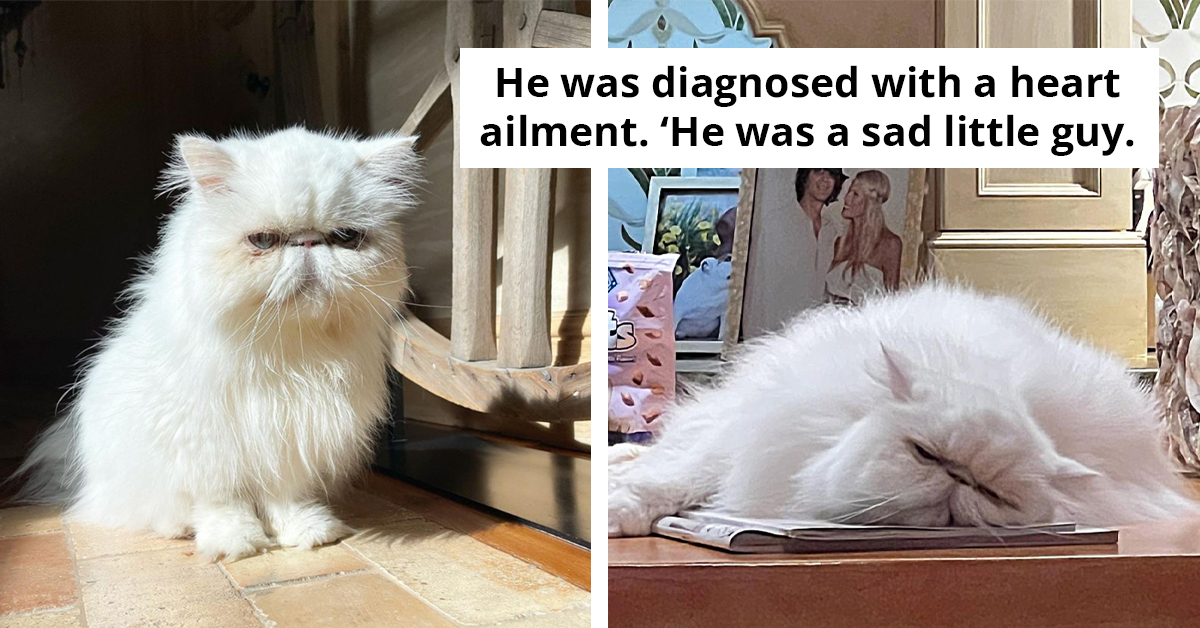Little Bird Has A Striking, Golden Head And An Appearance That Just Screams Power And Wealth
Birds are truly a curious phenomenon, as are the multitude of colors they come in. With millions of animals all over the world, these tiny creatures excel in the tints and tones department.
They are certainly one of the best highlights of nature, with their striking appearances that you just can't seem to ignore. No matter where you are in the world, birds are a sight to behold.
There are approximately 10,000 species of birds on the planet, and each one is unique in its own way. Their beautiful plumage, striking and bold color combinations, and adorable personalities are a gift to this world.
With that said, here's another beautiful bird to add to your growing list of "most striking birds" ever. Its glossy black plumage and eye-catching contrast to its head are something you should never overlook!
It has a magnificent golden head that is an ultimate head-turner, and for all the obvious reasons. It embodies one of the most beautiful contrasts of yellow and black in its chunky body.
Check out its photos below! Fair warning: it's a combination of beauty, cuteness, colorfulness, and an adorable chunk all rolled into one!
Meet The Golden-Headed Manakin
A bird with a head so bright that it just steals your attention.

The golden-headed manakin (Ceratopipra erythrocephala) is a small, compact bird with strikingly bright plumage that features a beautiful contrast between black and yellow.
The adult males are characterized by a black body with red and white thighs, and an orange-yellow head that extends to their cheeks and upper nape.

Its golden-yellow feathers on its head, which resemble a helmet, are slightly bordered by a hint of red.
Its eyes are white, and its bill is also yellowish-white, complemented by legs and feet that are pinkish-brown in color.

The female golden-headed manakin, on the other hand, is very different from the males and is more difficult to spot.
She features an olive-green plumage with a paler yellowish belly underneath. Young males also resemble the females before they mature.
They also bear a resemblance to female white-bearded manakins; however, they are much smaller in size, with shorter tails and pinkish legs. Females also have gray eyes rather than white.

They prefer to inhabit the upper portions of humid forests and second-growth woodlands, especially in fruiting trees and shrubs.
They are endemic to Panama, Colombia, Trinidad, the Guianas, Brazil, and Northern Peru. They tend to stay at elevations of 1,100 meters above sea level, but locally, they can be found up to 2,000 meters.

They are frugivorous by nature, feeding on berries and small fruits from the Miconia, Melastomataceae, and Rubiaceae families. However, they may also catch insects from time to time, either in flight or from vegetation.

Males have an interesting breeding display at their communal lek.
Each male manakin takes hold of a horizontal perch that is 6-12 meters high, from which it slides and jumps to other perches. This display is accompanied by their whirring wings and buzzing sounds.

The females build a shallow cup-shaped nest in which they will lay two brown-mottled yellowish eggs. She will then incubate them for about 16-17 days.

Golden-headed manakins still have a healthy population across the world, and they are not considered threatened.

Check out the golden-headed manakin in action!
Isn't this bird just one of the most wonderfully colored creatures you have ever seen? The golden-headed manakin is definitely one of those birds you need to see in this lifetime, even if it's just behind screens!
Share your thoughts in the comments, or share this beautiful golden bird with your family and friends!



